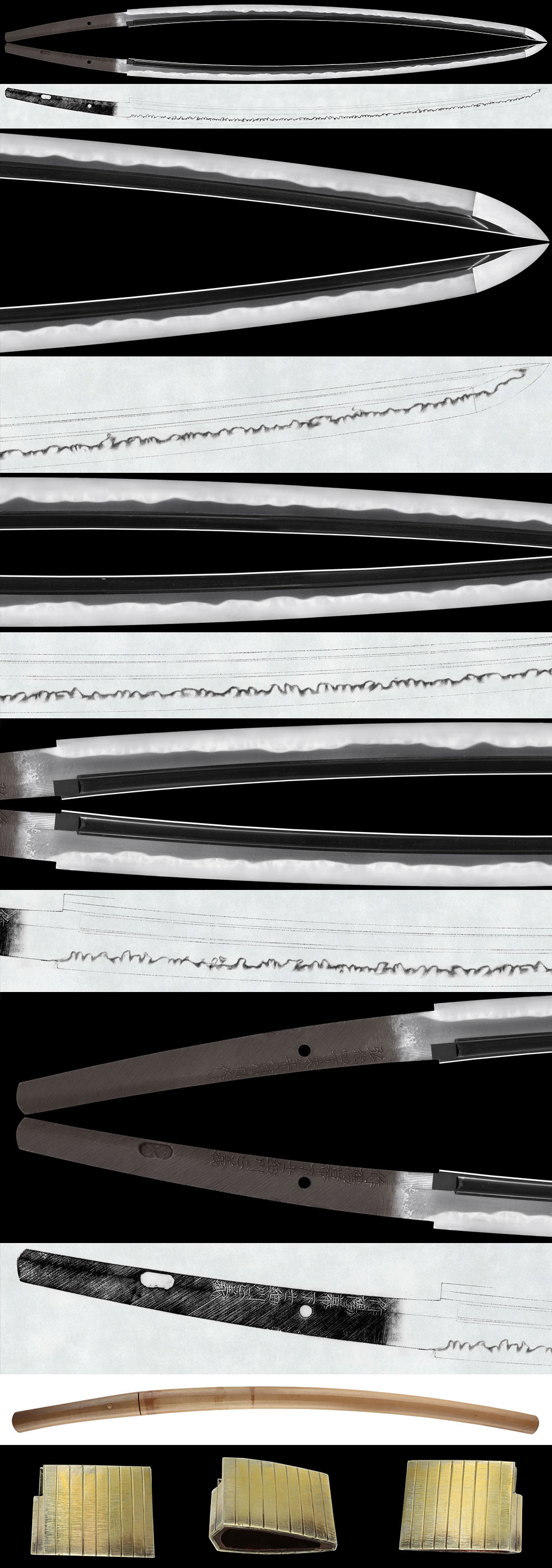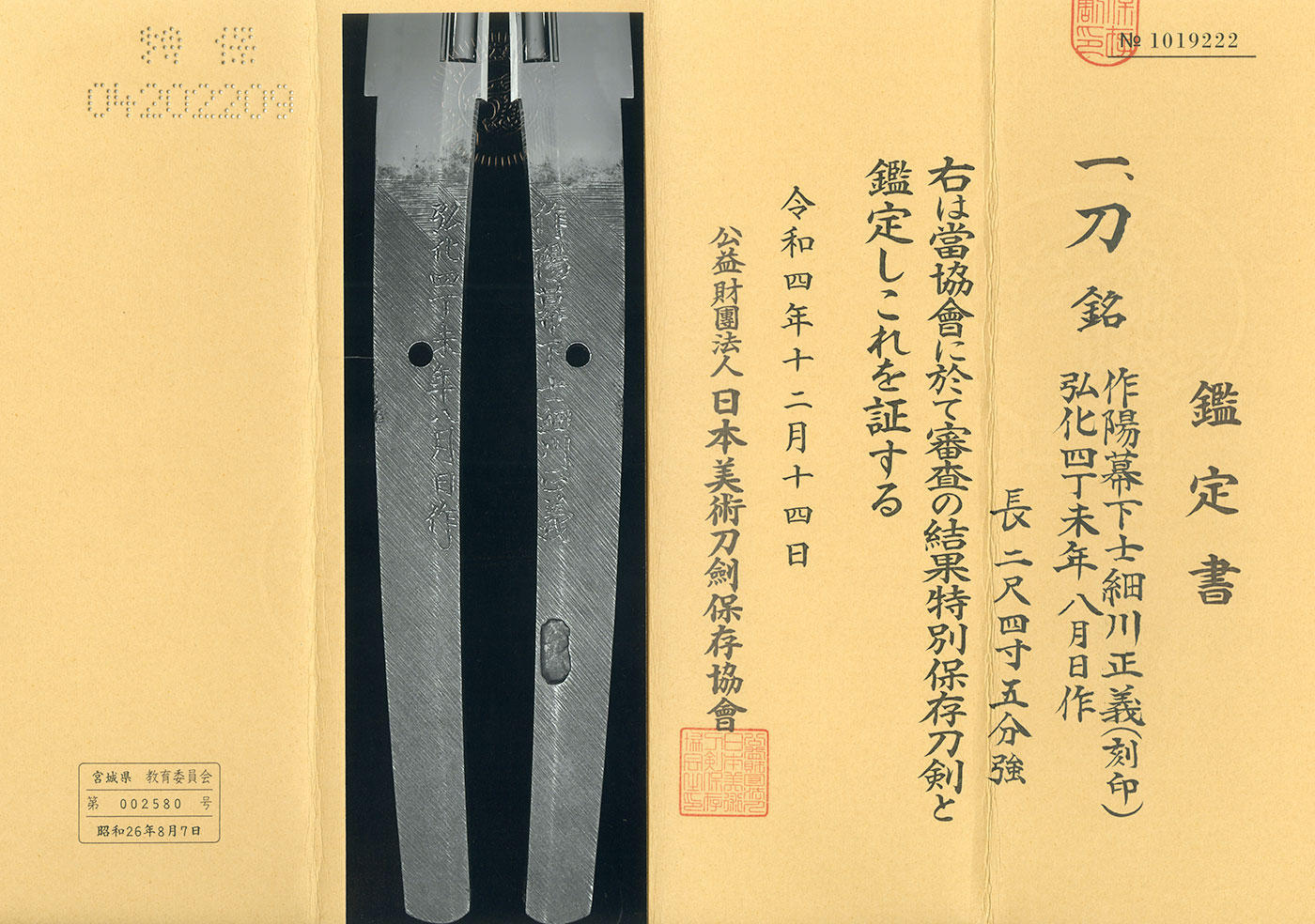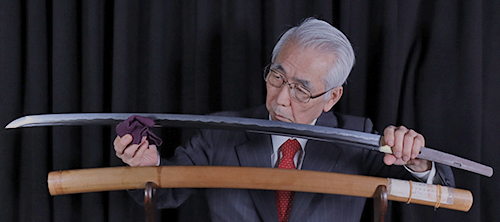Ordering Number: 22001
Katana in Shirasaya (NBTHK Tokubetsu Hozon Token)
Signature:
Sakuyo Bakushita-shi Hosokawa Masayoshi (Stamped)
作陽幕下士細川正義
Koka 4 Hinoto-Hitsuji Nen 8 Gatsu Hi Saku (August 1847)
弘化四丁未年八月日作
Shinshinto: Jyojyo Saku: Musashi
We divide 4 sections for each sword as Saijyo Saku, Jyojyo Saku, Jyo Saku, and Regular Saku.
This work is ranked as Jyojyo Saku for Hosokawa Masayoshi, a Bakushita-shi of Sakuyo.
Habaki: Single-layered gold-plated.
Blade length: 2 shaku 4 sun 5 bu (74.24 cm / 29.23 in)
Curvature: 8 bu 5 rin (2.58 cm / 1.02 in)
Mekugi hole: 1
Width at base: 3.21 cm (1.26 in)
Width at tip: 2.02 cm (0.79 in)
Thickness: 0.75 cm (0.30 in)
Sword weight: 765 g (1.69 lbs)
Era: Edo Period, Koka 4 (1847)
Shape: wide and thick blade with deep curveture and Hi is carved on the both sides. There is Ububa.
Jigane: fine Ko-itame hada
Hamon: Ko-niedeki Gunome and Choji midare. Boshi is midarekomi and rounded.
Features: Hosokawa Masayoshi was an apprentice of Suishinshi Masahide. He and Taikei Naotane were a representative swordsmith of Suishinshi school. His master, Masahide, had a great influence on the swordsmiths of the late Edo period, who took the old swords as a model for his ideal of making practical swords instead of the artistic swords of the Edo period. Masayoshi also supported his ideas and created pieces reminiscent of old swords such as Bizen-den and Soshu-den.
The lines of the Nakago of his works are thick and clear, indicating that he worked carefully on his pieces. The quality of this work is very excellent. It is a masterpiece.
NBTHK Tokubetsu Hozon Paper
Aoi Art Estimation Paper
Whole Oshigata
Price:2,600,000JPY
Order Form
Related Items:
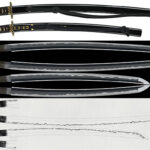 Dai Sho : Motohira(Dai Sho:NBTHK Tokubetsu Hozon Token)(Daisho Koshirae: NBTHK Tokubetsu Hozon Tosogu)
Dai Sho : Motohira(Dai Sho:NBTHK Tokubetsu Hozon Token)(Daisho Koshirae: NBTHK Tokubetsu Hozon Tosogu)
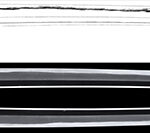 Katana:Sashu Ju Masayoshi(NBTHK Tokubetsu Hozon Token)
Katana:Sashu Ju Masayoshi(NBTHK Tokubetsu Hozon Token)
 Daisho:Tame Minobe Akihide Shi Chikushu Sanno Ju Sotsutomu Saku Showa 60 Nen 8 Gatsu Kichijitsu (August 1985)(NBTHK Hozon Token)
Daisho:Tame Minobe Akihide Shi Chikushu Sanno Ju Sotsutomu Saku Showa 60 Nen 8 Gatsu Kichijitsu (August 1985)(NBTHK Hozon Token)
 Katana : Sassyu-ju Masayoshi/Anei 7 Dog years February
Katana : Sassyu-ju Masayoshi/Anei 7 Dog years February
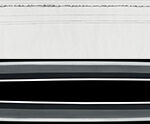 Katana: Naniwa ju Gassan Unryushi Sadakazu Kitae (Kokuin) (NBTHK Tokubetsu Hozon Token) (NBTHK Tokubetsu Kicho Token)
Katana: Naniwa ju Gassan Unryushi Sadakazu Kitae (Kokuin) (NBTHK Tokubetsu Hozon Token) (NBTHK Tokubetsu Kicho Token)
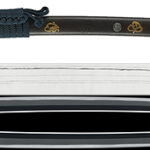 Katana: Oite Nanki Shigekuni Zo Kore(Shodai)(NBTHK Tokubetsu Hozon Token)(Consignment Sale)
Katana: Oite Nanki Shigekuni Zo Kore(Shodai)(NBTHK Tokubetsu Hozon Token)(Consignment Sale)

